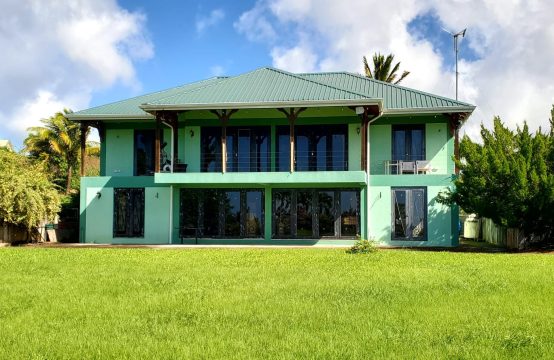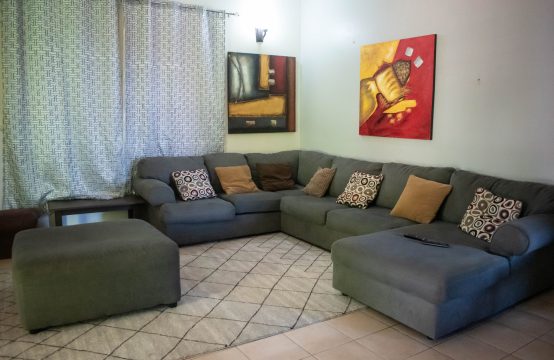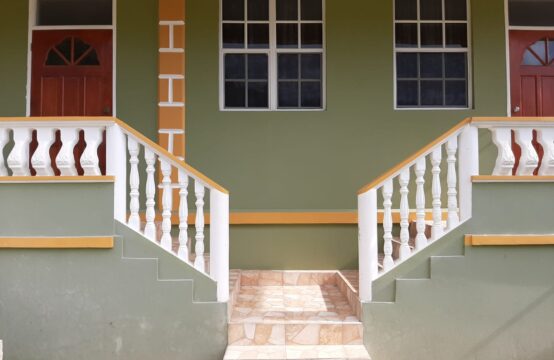Painting the walls of your home is a very important task. From choosing the right paint colours, ensuring that paint is applied properly, and taking measures to make the paint last longer, there is a lot to consider. Today we offer you 5 house painting tips to get your project done right.
- Think Carefully When Choosing Paint Colour:
When selecting a paint colour for a particular room think about what the room is going to be used for and how you want to feel while being in the room. Soft, cool and neutrals colours create a quiet and peaceful feeling while stronger, more vibrant colors add drama to a room. Warm, contrasting and brighter colors create a social atmosphere. Deep blue-greens and neutrals will give off a formal setting. The colour wheel is an excellent tool for modifying and intensifying numerous colours. For example, blue and orange, which are complementary colours, provide greater intensity when they are used together
- Clean Dirty Surfaces:
Before you start painting ensure that the wall is free from dirt and oil which can cause the paint to peel off quickly. When the surface is cleaned, fill in any cracks before painting. Use a solution of 3 tablespoon of laundry detergent to 1 gallon of water. For protection, use safety goggles and rubber gloves.
- Mix the Paint:
If more than one can of the same paint is being used, it is best that they are mixed together in a larger container or bucket. This is because the same colour paint is slightly different in each can. If a new can is opened in the middle of a wall a difference can be seen. Mixing the paints together eliminates the problem. The remaining paint can be poured back into the cans.
- Start with the Trim:
If your home design includes trims (material used for decoration or embellishment) paint them first, then the ceiling, and then paint the walls. It is both easier and quicker to tape off the trim than the walls. In this case neatness is optional; any paint that gets on the wall can be covered when it is being painted.
- Consider Lighting:
It is important to consider how different lighting situations will affect the look of the paint. Natural daylight illustrates the truest color. Incandescent lighting gives off warm tones and yellows. Fluorescent lighting creates a sharp blue tone. Therefore a strong color might be too bright next to large windows, but can be effective as an accent wall with indirect light.











